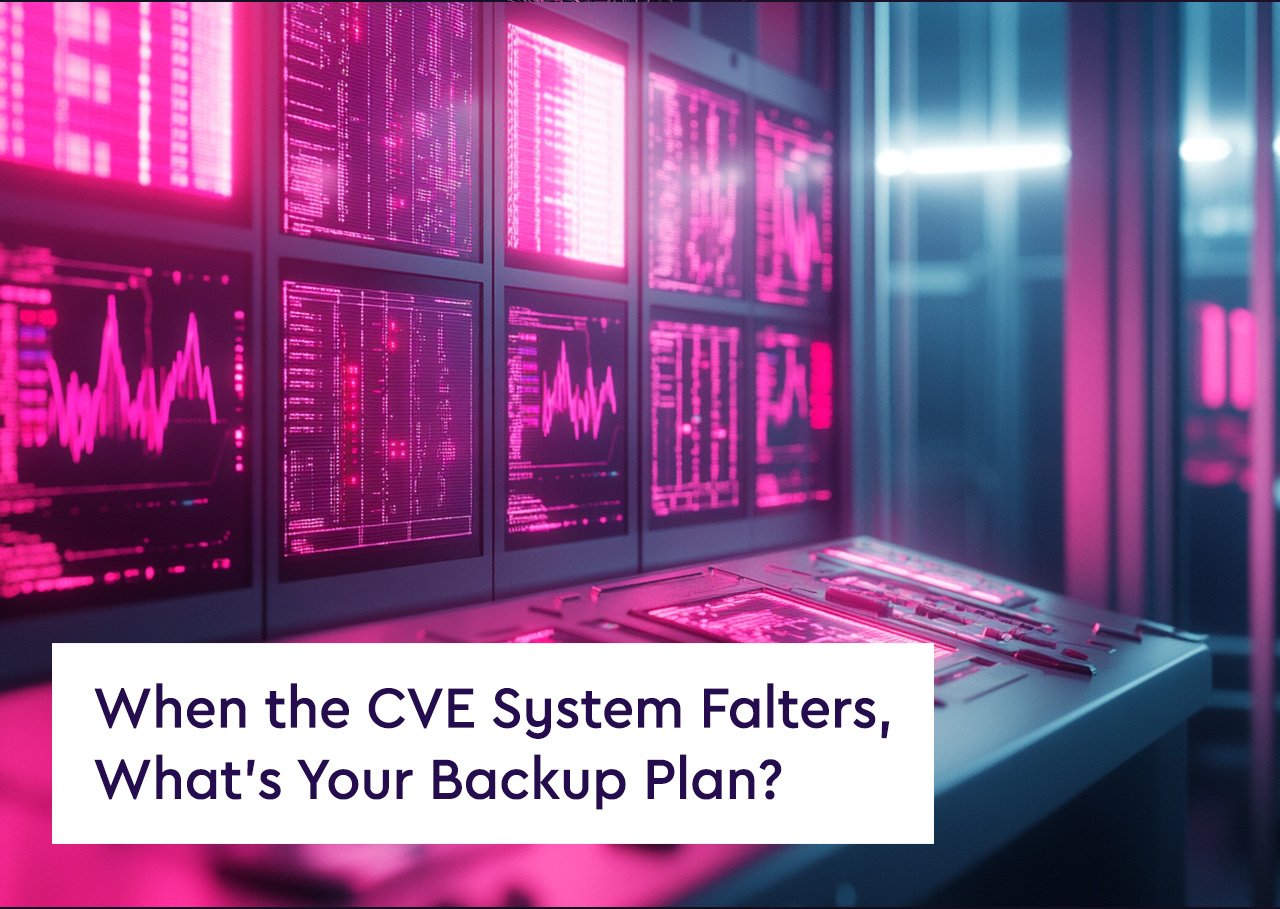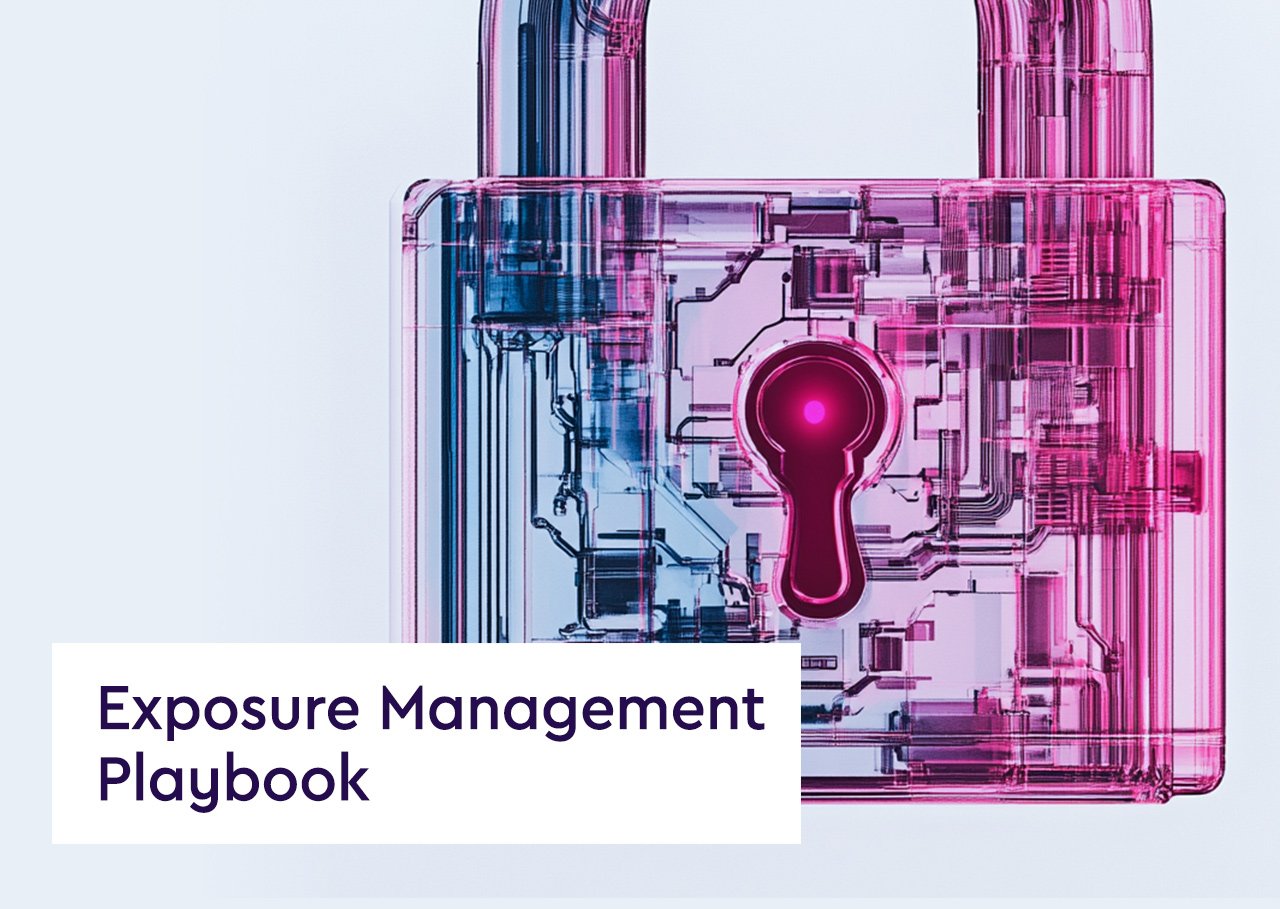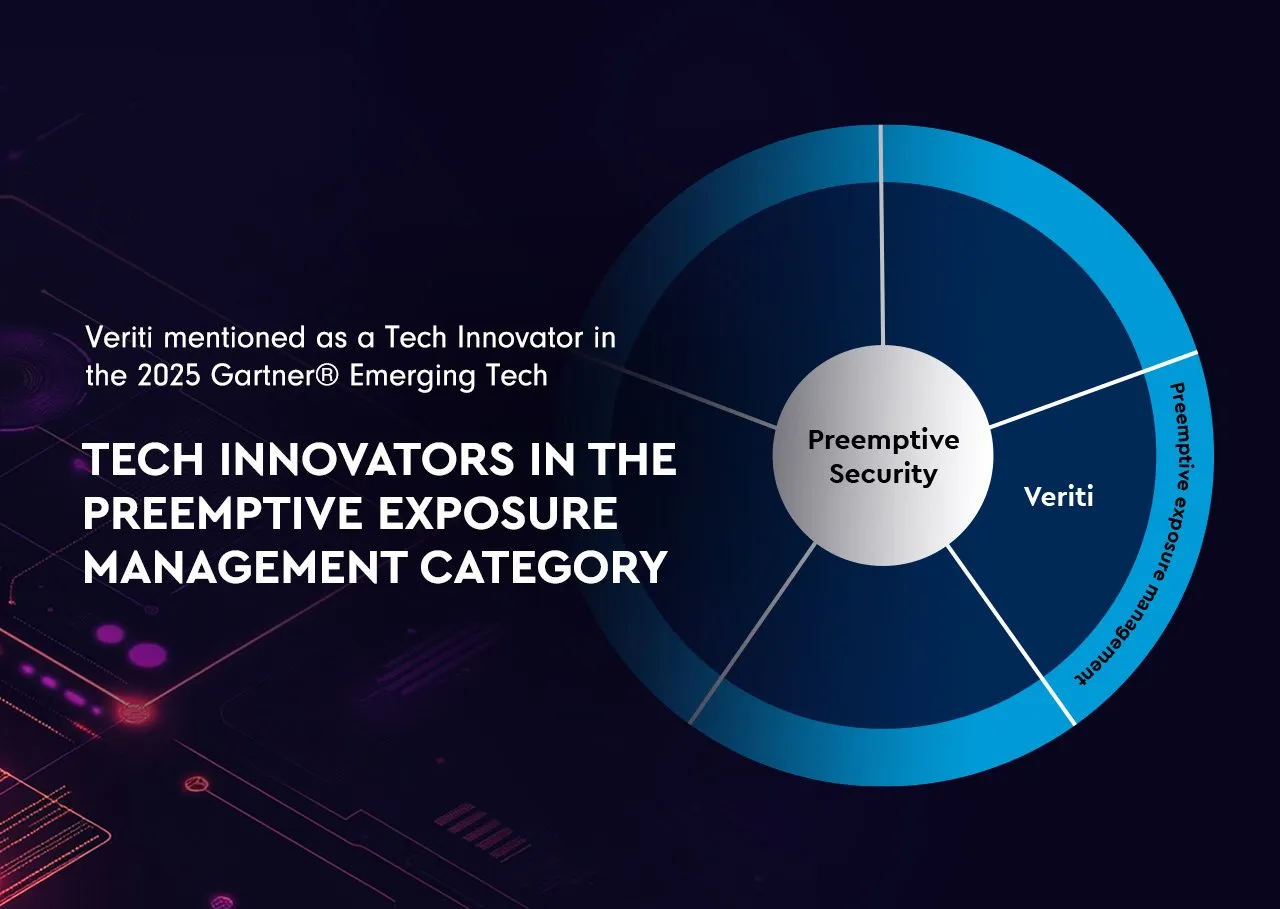Introduction
Knowledge without action is a missed opportunity. Assessing vulnerabilities and prioritizing risks are crucial first steps, but true security is achieved only when exposures are effectively addressed. Mobilization, the ability to act swiftly and decisively, is the third and final pillar of an effective exposure management program.
In this last installment of the “Like Your Organization Depended On It” series, we’ll explore why mobilization is the linchpin of a proactive security strategy. From leveraging automation to ensuring seamless collaboration, we’ll examine how mobilization bridges the gap between strategy and execution.
The Case for Mobilization
Once vulnerabilities have been assessed and prioritized, organizations face the challenge of turning those insights into action. This requires:
- Precision: Ensuring remediation actions target the correct vulnerabilities without causing disruptions.
- Speed: Reducing the time from identification to resolution to minimize exposure windows.
- Coordination: Engaging cross-functional teams effectively, often beyond the security department.
Without a effective mobilization framework, even the best assessment and prioritization efforts can fall short of their potential.
Integrated Workflows for Seamless Action
Effective mobilization begins with seamless integration across the tools and platforms organizations already rely on. This includes IT Service Management (ITSM) systems, collaboration platforms, and Security Orchestration, Automation, and Response (SOAR) tools.
By integrating remediation workflows directly into these systems, organizations can ensure that security and operational teams are aligned. Key benefits include:
- Automated Ticketing: Automatically generating tickets with detailed remediation instructions.
- Real-Time Collaboration: Using tools like Slack or Microsoft Teams to keep stakeholders informed and engaged.
- SOAR-Driven Playbooks: Triggering predefined playbooks to automate routine remediation tasks.
These integrations ensure that mobilization efforts are both efficient and scalable, even in complex environments.
Automation as a Force Multiplier
Manual processes can slow down remediation efforts, especially when dealing with large volumes of vulnerabilities. Automation addresses this challenge by streamlining workflows and reducing human error.
Modern mobilization approaches leverage automation to:
- Initiate Remediation Actions: Automatically configure security controls to address vulnerabilities.
- Validate Changes: Ensure that remediation actions don’t disrupt business operations or introduce new risks.
- Monitor Progress: Track remediation efforts in real time, providing visibility into what’s been completed and what’s still pending.
This approach not only accelerates the remediation process but also frees up security teams to focus on higher value tasks.
Data-Driven Decision-Making
Mobilization is most effective when guided by actionable insights. Dashboards that consolidate data from multiple sources, such as SIEM, XDR, and exposure management tools, allow security teams to visualize risk and track progress.
These dashboards provide:
- Exposure Maps: Highlighting vulnerabilities across the attack surface, aligned with frameworks like MITRE ATT&CK.
- Remediation Metrics: Measuring success through metrics like Mean Time to Remediate (MTTR) and the percentage of hardened controls.
- Impact Analysis: Evaluating how remediation actions affect the organization’s overall risk posture.
By combining real-time data with intuitive visualizations, organizations can ensure that their mobilization efforts are both strategic and effective.
Collaboration Beyond Security
Effective mobilization requires collaboration not just within the security team but across the organization. Vulnerability remediation often involves IT, DevOps, and even business units, making coordination essential.
Best practices for fostering collaboration include:
- Engaging Stakeholders Early: Involving non-security teams in planning remediation efforts to minimize disruptions.
- Defining Roles and Responsibilities: Clearly outlining who is responsible for what, ensuring accountability at every stage.
- Building a Culture of Security: Promoting awareness and buy in across the organization to support mobilization efforts.
When all teams are aligned, mobilization becomes a shared responsibility, driving faster and more effective outcomes.
Conclusion
Mobilization is where cybersecurity strategies are put into action. By integrating workflows, leveraging automation, and fostering collaboration, organizations can close the loop on exposure management, reducing risk while maintaining operational continuity.
Mobilizing like your organization depends on it ensures that exposures don’t just get identified or prioritized, they get fixed.
Learn More
If you’ve followed this series, you now understand the importance of assessing, prioritizing, and mobilizing in exposure management. To explore solutions that can help your organization implement these principles effectively, schedule a demo or contact our team today.




